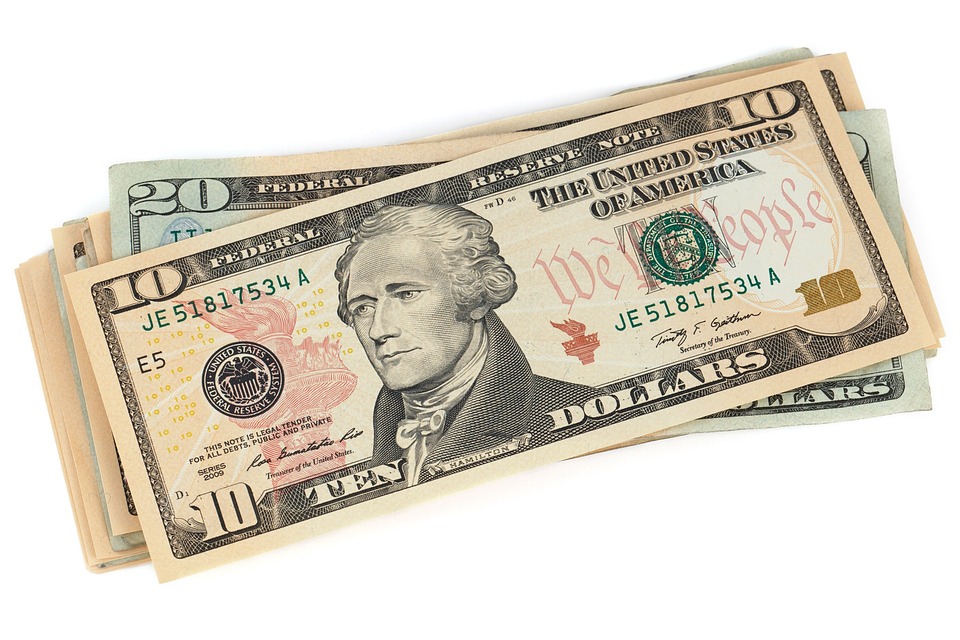“`html
Breaking Down the Differences: Personal Loans vs. Credit Cards
In the realm of personal finance, personal loans and credit cards are two prominent tools that consumers use to manage expenses, consolidate debt, or fund significant purchases. While both are credit products that can provide access to funds, they have distinct features, benefits, and drawbacks. Understanding these differences can empower you to make informed decisions that align with your financial goals.
Understanding Personal Loans
Personal loans are typically unsecured loans that you can borrow from banks, credit unions, or online lenders. They offer a lump sum of money that you repay over a fixed term, ranging from a few months to several years, with a predetermined interest rate.
Key Features of Personal Loans
1. **Fixed Terms and Rates**: Personal loans usually come with fixed interest rates and repayment terms, allowing for predictable monthly payments. This makes budgeting easier and provides a clear path to debt repayment.
2. **Larger Loan Amounts**: They generally allow access to larger sums of money compared to credit cards, which can be beneficial for significant expenses such as home renovations, medical bills, or debt consolidation.
3. **Credit Impact**: Applying for a personal loan results in a hard inquiry on your credit report, which may slightly affect your credit score. However, consistent, on-time payments can improve your credit score over time.
Exploring Credit Cards
Credit cards offer a revolving line of credit, which means you have a credit limit that you can borrow against, repay, and borrow again. They are widely used for everyday purchases, travel, and emergencies due to their convenience and flexibility.
Key Features of Credit Cards
1. **Revolving Credit**: Unlike personal loans, credit cards offer revolving credit, which provides ongoing access to funds up to a certain limit without the need to reapply each time you need more money.
2. **Interest Rates**: Credit cards usually have variable interest rates that can be higher than personal loans. Interest is charged on balances that are not paid in full each month, which can lead to costly debt if not managed carefully.
3. **Rewards and Benefits**: Many credit cards come with rewards programs, cash-back offers, travel benefits, and purchase protections, adding value to your spending.
4. **Credit Score Impact**: Credit cards can significantly influence your credit score. Responsible use, such as paying on time and keeping credit utilization low, can enhance your creditworthiness.
Choosing Between Personal Loans and Credit Cards
When deciding between a personal loan and a credit card, consider the purpose and amount of the borrowing, repayment preferences, and financial discipline.
– **For Large, Planned Expenses**: Personal loans may be more suitable due to their fixed terms and potentially lower interest rates.
– **For Smaller, Ongoing Expenses**: Credit cards might be advantageous for their flexibility and rewards, provided you can pay off the balance each month to avoid high-interest charges.
– **For Debt Consolidation**: A personal loan could be a strategic choice to consolidate high-interest credit card debt into one manageable payment with a lower interest rate.
Conclusion
Both personal loans and credit cards have their own pros and cons. Your choice should be based on your financial situation, spending habits, and long-term goals. By understanding the distinctions between these financial tools, you can better navigate the complexities of borrowing and maintain a healthy financial outlook.
“`


